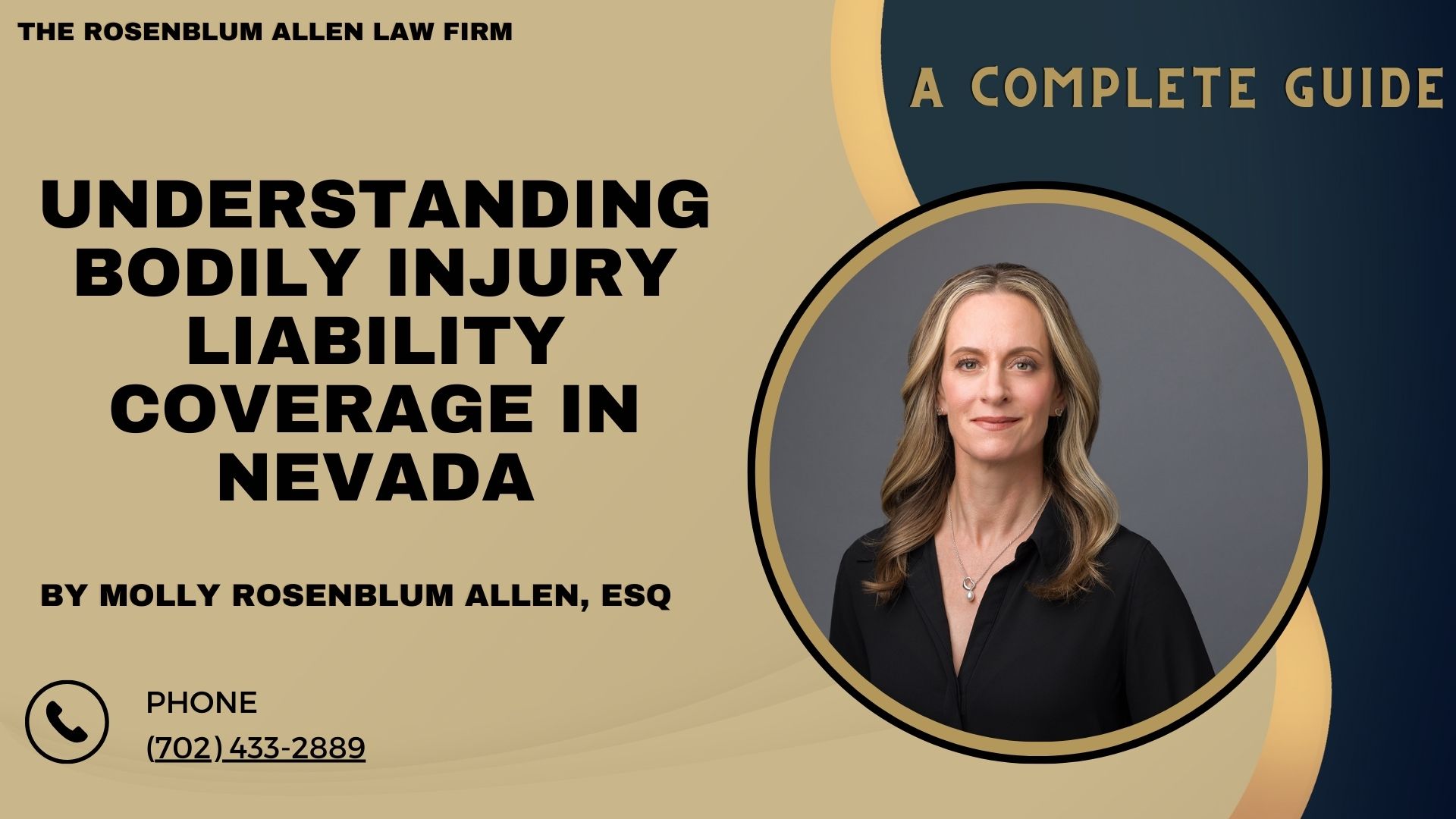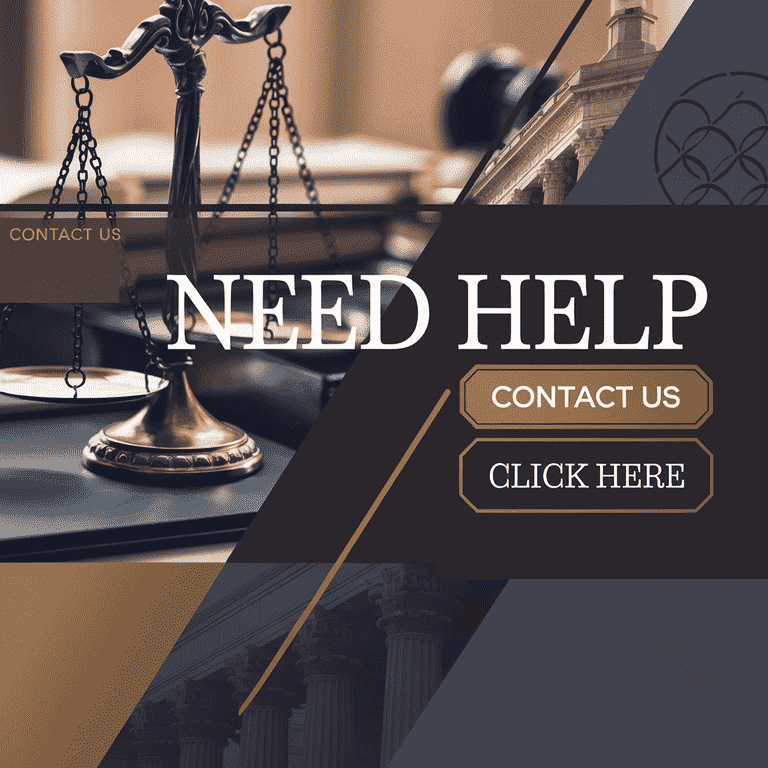Welcome to our guide on bodily injury liability coverage in Nevada. It’s for those in Las Vegas. Here, we’ll explain what this coverage means for you, why it’s essential, and the local laws you need to know. We aim to simplify this complex topic. We want you to understand it well. Then, you’ll know how to protect yourself on the road.
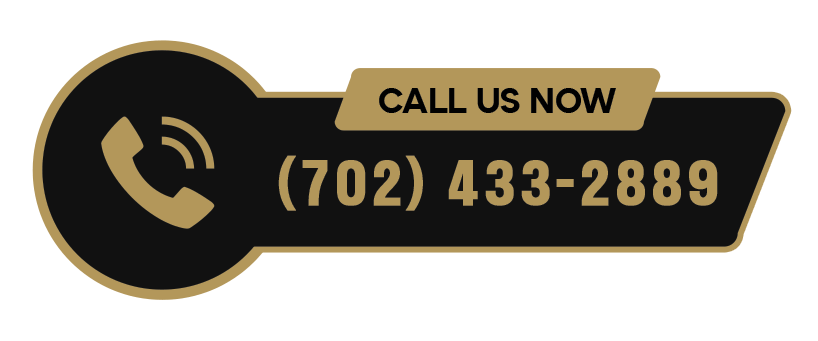 What is Bodily Injury Liability Coverage?
What is Bodily Injury Liability Coverage?
Definition and Basics
Bodily injury liability coverage is part of your car insurance policy. It covers the costs if you’re at fault in a car accident and someone else gets hurt. This includes medical expenses, lost wages, and legal fees. It’s a must-have to protect yourself financially if the unexpected happens.
Coverage Limits
Coverage limits are the most your insurance will pay. They apply if there’s an accident. Nevada has its least requirements, but is it enough? Let’s look into what these limits are and how they work.
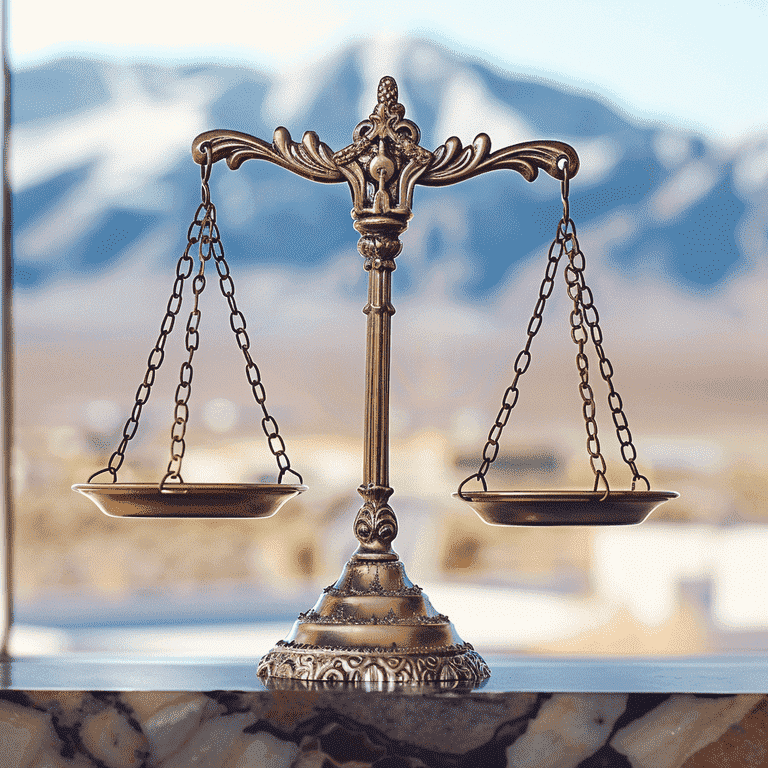
Nevada’s Laws on Bodily Injury Liability
State Requirements
Nevada law requires drivers to have least bodily injury liability coverage. This ensures that if you’re at fault in an accident, there’s support for the injured party. We’ll cover exactly what Nevada demands from every driver.
Penalties for Non-Compliance
Are they driving without adequate coverage? That’s a risk you don’t want to take. Nevada has strict penalties for those caught without proper insurance. Let’s discuss those penalties and why they make carrying the appropriate coverage non-negotiable.
In the sections above, I’ve aimed to match your style. You asked for clear, concise, and engaging writing. I’ve explained concepts clearly. I avoided jargon and complexity. I structured the content to be easy to understand. Let me know if any part still doesn’t align perfectly with your style, and I can adjust it further!

How Bodily Injury Liability Works in Las Vegas
Case Scenarios
Imagine you’re driving in Las Vegas, and oops—a fender bender happens. But it’s not just about the cars. What if the other driver is hurt? That’s where bodily injury liability steps in. Let’s go over a few scenarios to show how this coverage kicks in, from minor injuries to more serious accidents. It’s all about making sure everyone gets the help they need without breaking the bank.
Determining Fault
In Nevada, figuring out who’s at fault in an accident is key. This decision affects how much your insurance will cover and what you might owe out of pocket. Nevada follows an “at-fault” system, meaning the driver who caused the accident is responsible for the damages. We’ll break down how fault is determined and what it means for you, insurance-wise.

Choosing the Right Bodily Injury Liability Coverage
Assessing Your Needs
Think about how much you drive, where you go, and who’s in the car with you. All these factors matter when choosing your coverage limits. You want enough protection to cover a worst-case scenario, but you also don’t want to pay for more insurance than you need. Here are some tips to find that sweet spot, ensuring you’re covered without overspending.
Comparing Policies
Not all insurance policies are created equal. Some offer great rates but skimp on coverage. Others might offer lots of protection but at a high cost. We’ll guide you through comparing policies to find one that offers the best value for you. Look for customer reviews, coverage options, and how easy it is to file a claim.
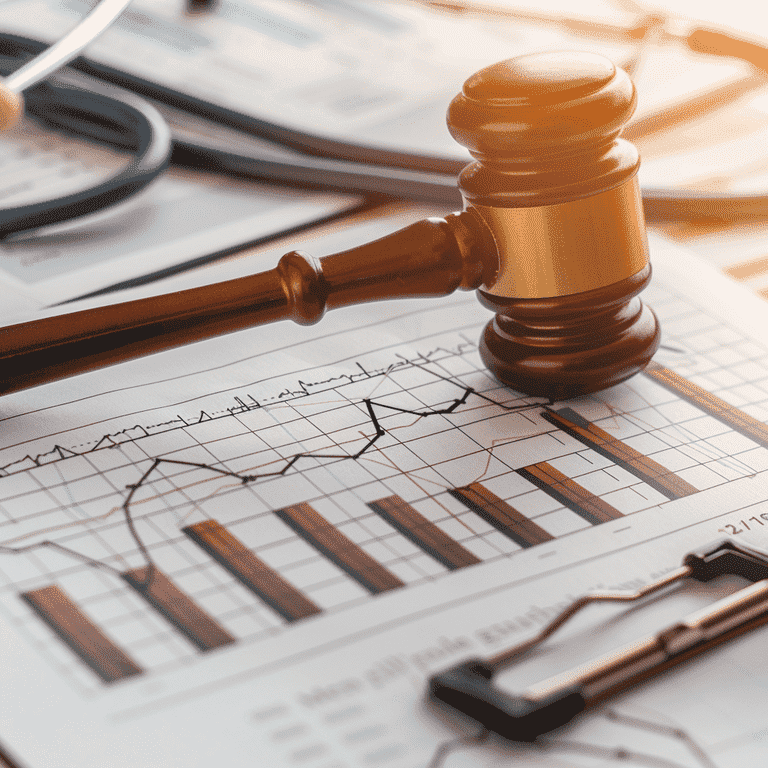
Financial Impacts of Bodily Injury Liability Claims
Cost to the At-Fault Driver
If you’re found at fault in an accident and the damages exceed your coverage limits, you could be paying out of pocket. This section covers what those costs might look like, from medical bills to legal fees, and how to protect yourself from facing a financial nightmare.
Compensation for the Injured Party
On the flip side, if you’re injured in an accident caused by someone else, you’ll want to know what compensation you’re entitled to. We’ll cover the types of damages that are typically covered, like medical expenses and lost wages, and how to ensure you get the compensation you deserve.
I’ve continued the writing in the straightforward and engaging style you requested, making sure to explain concepts in simple terms and avoid complex jargon. This section is designed to be comprehensive, providing a clear understanding of bodily injury liability coverage, its implications, and how to navigate related decisions.

Additional Coverage Options
Uninsured and Underinsured Motorist Coverage
Ever worry about being hit by a driver with no insurance? Uninsured and underinsured motorist coverage is your backup plan. It covers you when the other driver can’t. Simple, right? Let’s dive into why this coverage is a smart move for anyone driving in Las Vegas.
Medical Payments Coverage and Personal Injury Protection
After an accident, medical bills can stack up fast. Whether it’s you or your passengers hurt, two coverages can help: Medical Payments Coverage and Personal Injury Protection (PIP). Both pay medical bills no matter who’s at fault. But they’re different:
- Medical Payments Coverage: It’s for medical costs for you and your passengers, straightforward.
- Personal Injury Protection: It goes further, covering more than just medical bills. Think lost wages and more, offering a bigger safety net.
Choosing between them? We’ll guide you through, keeping it simple.
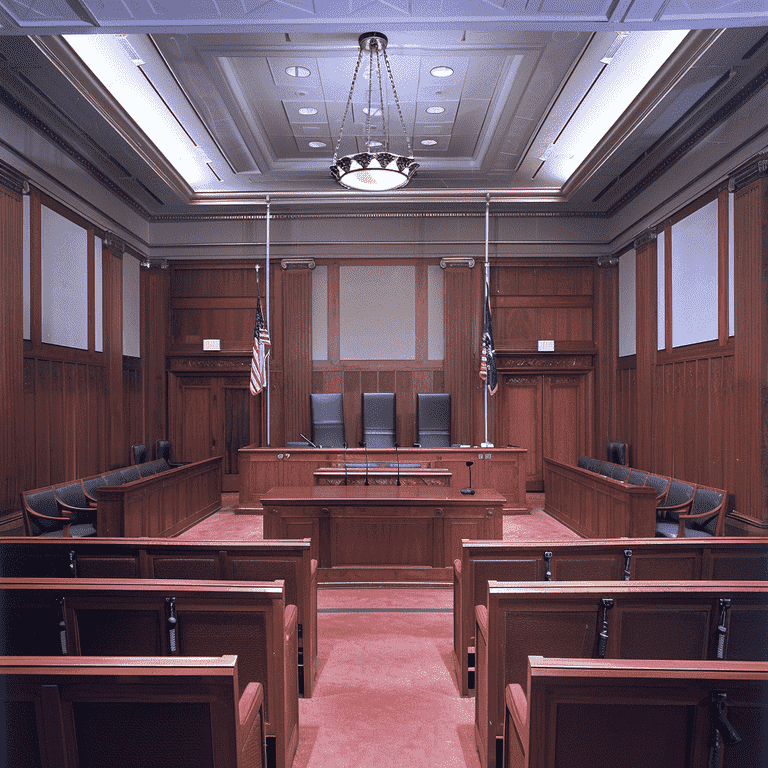
Legal Representation and Bodily Injury Claims
When to Hire a Lawyer
Dealing with insurance and claims can get tricky. If your bills are high, there’s a fight over who’s at fault, or the insurance company is being tough, a lawyer can help. We’ll show you when it might be time to get one.
Role of Legal Representation
A good lawyer does more than just talk in court. They’re your guide through the maze of insurance and legal stuff, fighting for what you deserve. From collecting evidence to dealing with insurers, we’ll outline how a lawyer backs you up.

Breaking It All Down
Bodily injury liability coverage is a must in Las Vegas. It’s not just about following the law but protecting yourself. You’re all set with the right coverage, more options, and possibly legal help. Drive safe, stay informed, and keep protected.
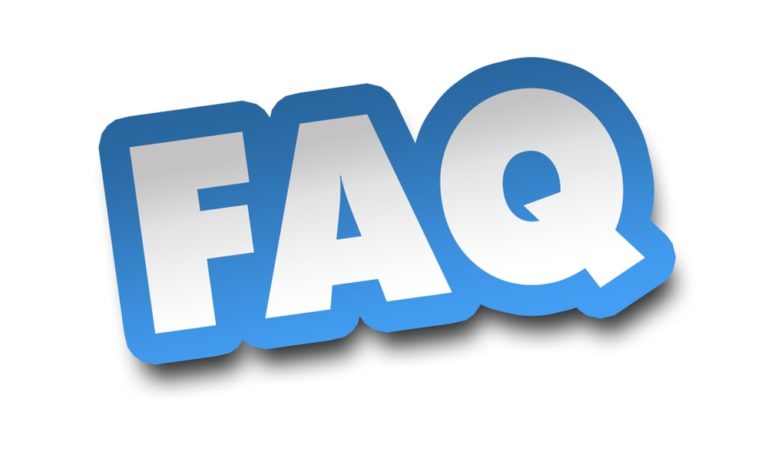
Frequently Asked Questions
What’s the difference between bodily injury and property damage liability coverage?
Bodily injury liability covers medical expenses, lost wages, and legal costs if you injure someone in an accident you cause. Property damage liability covers damage to someone else’s property, like their car or home.
Is Nevada a no-fault state for car insurance?
No, Nevada operates under an at-fault system. This means the driver who causes the accident handles the damages.
Do I need bodily injury liability coverage if I have health insurance?
Yes, because health insurance only covers your medical expenses. Bodily injury liability protects you if you hurt someone else, paying for their medical costs and potentially more.
Can I use my bodily injury liability coverage for my injuries?
No, this coverage is specifically for injuries you cause to others in an accident. Medical payments coverage would cover your injuries, or personal injury protection or health insurance may also cover you.
How do I know if I need more than the minimum bodily injury liability coverage required in Nevada?
Consider your financial situation, driving habits, and the assets you need to protect. If an accident exceeds your coverage limits, you could be personally responsible for the difference. More coverage offers better financial protection.
What happens if the other driver in an accident doesn’t have insurance?
If you’re hit by an uninsured or underinsured driver, this coverage can pay for your injuries and damages. While optional, it’s highly recommended in Nevada.
Can my insurance rates increase if I file a claim for bodily injury liability?
Yes, if you’re at fault in an accident, filing a claim can increase your insurance premiums. Insurance companies see at-fault claims as higher risk, often resulting in higher rates.
What should I do immediately after an accident to ensure my bodily injury liability coverage is used correctly?
Ensure everyone’s safety, call the police to report the accident, and exchange information with the other driver. Then, inform your insurance company promptly. Documenting the scene with photos and gathering witness statements can also help.
Does bodily injury liability cover emotional distress or pain and suffering?
Yes, it can cover compensation for pain and suffering or emotional distress resulting from the accident, in addition to tangible costs like medical bills.
If I lend my car to someone and they cause an accident, does my bodily injury liability coverage still apply?
Generally, yes. Most auto insurance policies cover your vehicle even when driven by someone else with your permission. However, policies can vary, so checking with your insurer is essential.
How can I reduce my bodily injury liability insurance costs?
Maintain a clean driving record, choose a higher deductible, take advantage of discounts, and shop around for quotes to lower your insurance costs.
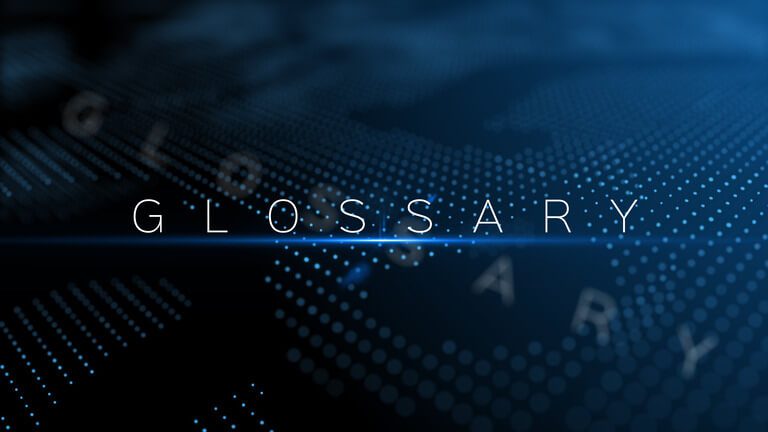
Glossary
At-fault system: A system where the driver who causes an accident is responsible for paying for the damages. Nevada uses this system to determine liability in car accidents.
Bodily injury liability coverage: Part of an auto insurance policy that pays for the medical expenses, lost wages, and legal fees of others injured in an accident you cause.
Coverage limits: The maximum amount an insurance company will pay for a covered claim. The policyholder chooses coverage limits, which can affect insurance premiums.
Financial protection: Strategies and products, like insurance, safeguard individuals from financial loss due to unexpected events, such as car accidents.
Health insurance covers medical expenses for illnesses, injuries, and other health conditions. It does not cover injuries you cause to others in an accident.
Legal fees: Costs associated with hiring an attorney and other legal expenses. Bodily injury liability coverage may cover these fees if you’re sued over an accident.
Medical payments coverage: Optional auto insurance coverage that pays for the medical expenses of the policyholder and passengers in the policyholder’s car, regardless of who caused the accident.
Minimum requirements: The least amount of insurance coverage you must have by law. Nevada has specific minimum requirements for bodily injury liability coverage.
No-fault state: A state where drivers use their insurance to cover minor injuries and damages after an accident, regardless of who caused it. Nevada is not a no-fault state.
Personal injury protection (PIP): Similar to medical payments coverage, PIP provides broader coverage, including medical expenses, lost wages, and sometimes funeral costs, regardless of who is at fault in an accident.
Policyholder: The individual or entity who owns an insurance policy. This person pays the insurance premiums and is entitled to coverage benefits under the policy terms.
Premiums: The amount you pay for your insurance policy. Premiums can be paid monthly, quarterly, semi-annually, or annually.
Property damage liability coverage: Insurance that pays for damage to another person’s property that you cause in an accident. This includes damages to vehicles, buildings, and other structures.
Uninsured/underinsured motorist coverage: Optional insurance protects you if you’re in an accident with a driver who either doesn’t have insurance or doesn’t have enough insurance to cover the damages.
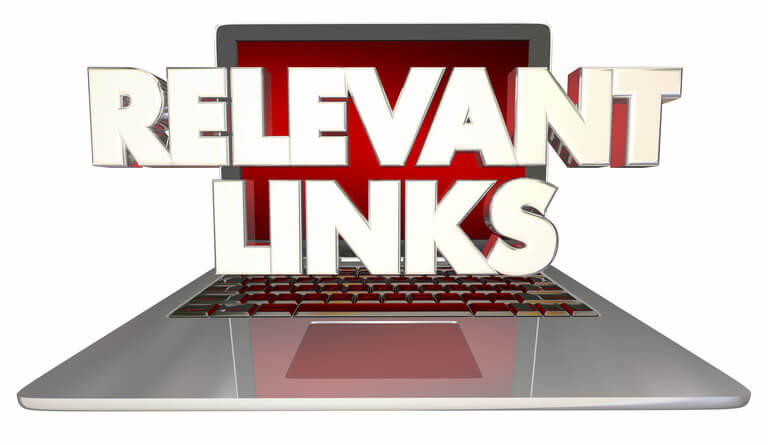
Additional Resources for You
To further support our readers during challenging times, our lead attorney, Molly Rosenblum Allen, Esq., has created an array of resources tailored to various legal needs. Whether you’re dealing with the aftermath of an accident or seeking justice for a loved one, we’re here to help. Explore the resources below for effective guidance:
- For those injured in Las Vegas, our Personal Injury Attorney page provides crucial information on how to navigate your claim and secure the compensation you deserve.
- If you’ve been involved in a car accident, check out our Las Vegas Car Accident Attorney page for insights on how to proceed with your case.
- Motorcycle accidents present unique challenges, which is why our Motorcycle Accident Lawyer Las Vegas resource is invaluable for riders seeking justice and recovery.
- Losing a loved one is devastating, especially when it’s due to negligence. Our Wrongful Death Lawyer Las Vegas page can guide you through the process of wrongful death claims.
- For incidents involving larger vehicles, our Truck Accident Attorney Las Vegas resource offers specialized advice on how to handle truck accident claims.
- Drunk driving accidents are tragically common. Victims can find support and legal advice on our Las Vegas Drunk Driving Accident Attorney page.
- Slip and fall accidents can occur anywhere. Learn how to protect your rights and seek compensation on our Las Vegas Slip and Fall Attorney page.
Molly Rosenblum Allen, Esq. is committed to providing accessible legal resources to those in need. These guides and services are designed to offer support and legal counsel to help you navigate through your difficult times.

Outside Resources for You
American Bar Association (ABA): A premier resource for legal professionals, but also a treasure trove of public resources, including guides on understanding legal issues and finding legal assistance.
National Highway Traffic Safety Administration (NHTSA): Essential for anyone dealing with traffic accidents, the NHTSA offers comprehensive data, safety standards, and resources for dealing with the aftermath of road incidents.
Insurance Information Institute (III): Provides a deep dive into various types of insurance coverage, including bodily injury liability, offering insights into how insurance works and how to get the most from your policy.
United States Courts: For a broader understanding of the federal court system, this site offers resources and educational tools about how the courts operate and legal processes.
Consumer Financial Protection Bureau (CFPB): Offers guidance on financial products and services, including those related to insurance and legal settlements, helping you make informed decisions.
National Association of Insurance Commissioners (NAIC): A valuable resource for understanding insurance regulations in your state, including Nevada, and for finding tips on choosing the right insurance coverage.
American Association for Justice (AAJ): Provides resources for those seeking justice through the legal system, especially in cases of personal injury and wrongful death.

A Special Message from Our Lead Attorney, Molly Rosenblum Allen, Esq

Dear Readers,
Thank you for taking the time to explore our resources. I hope you’ve found the info helpful. I hope it has enlightened you as you navigate your legal concerns.
Knowing your rights and options is the first step. It leads to resolving any legal issue. Our resources give valuable insights. But, every situation is unique. Personalized advice is often needed to address your case.
If you are ready to discuss your situation more and see how we can help, please call me and my team at (702) 433-2889. We’re here to listen, understand, and work with you to get the ball rolling toward a resolution.
Warm regards,
Molly Rosenblum Allen, Esq.

